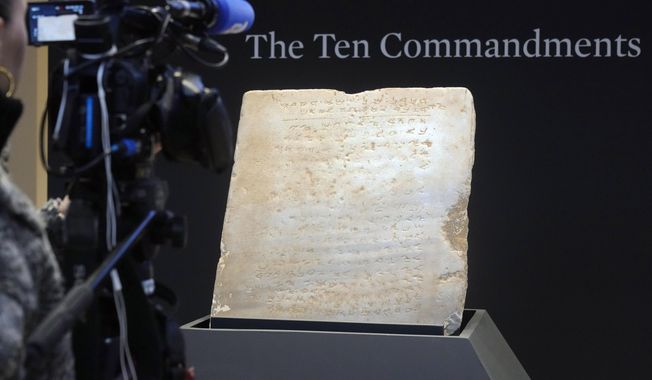
FILE - In this Aug. 6, 2015 file photo, an army zodiac secures the entrance of the new section of the Suez Canal in Ismailia, Egypt. The Suez Canal, which connects the Red Sea to the Mediterranean Sea, revolutionized maritime travel by creating a direct shipping route between the East and the West. But as Egypt marks the 150th anniversary of its opening, marine biologists are bemoaning one of the famed waterway's lesser known legacies, the invasion of hundreds of non-native species that have driven the native marine life toward extinction and altered the delicate Mediterranean ecosystem with potentially devastating consequences. (AP Photo/Amr Nabil, File)
Featured Photo Galleries









Trump Transition: Here are the people Trump has picked for key positions so far
President-elect Donald Trump has announced a flurry of picks for his incoming administration. Get full coverage of the Trump transition from The Washingon Times.





